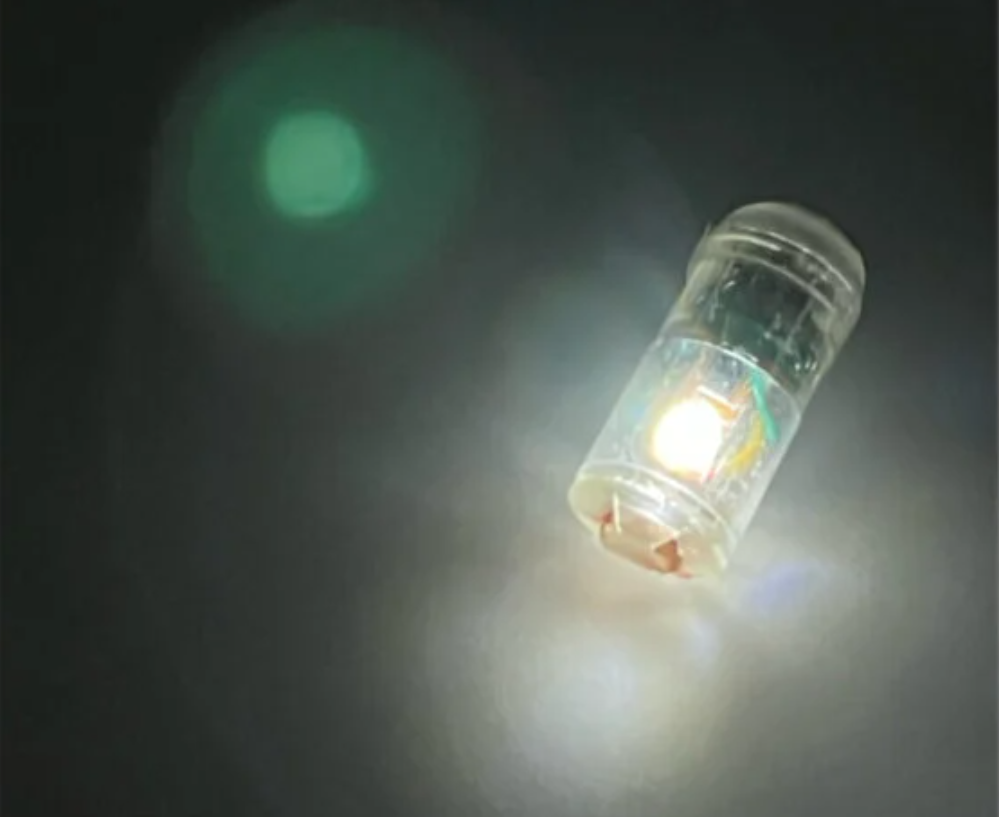Groundbreaking treatment reverses hair loss in both men and women
Traditional remedies, like over-the-counter treatments, often fail to address the root causes of hair loss, such as oxidative stress and poor circulation.

Hair loss is a widespread issue, often causing significant distress. (CREDIT: Shutterstock)
Hair loss is a widespread issue, often causing significant distress. While some embrace baldness as "the new sexy," many still seek ways to restore their hair. Traditional remedies, like over-the-counter treatments, often fail to address the root causes of hair loss, such as oxidative stress and poor circulation.
Researchers have recently explored an innovative solution. They designed a microneedle patch containing cerium nanoparticles, aiming to combat these underlying issues. In tests on mice, the patch showed promising results, regrowing hair more quickly than a leading treatment.
Androgenic alopecia, commonly known as male or female pattern baldness, is a major cause of hair loss. It occurs when blood vessels around hair follicles shrink, depriving them of the nutrients needed to sustain hair growth. As a result, hair follicles become weakened, and hair production slows down.
A research team led by Fangyuan Li and Jianqing Gao explored this issue in detail. Their study, published in ACS Nano, examined how cerium-based nanoparticles might counteract the problem.
They studied the effects of cerium nanoparticles, which mimic enzymes known to remove excess reactive oxygen species (ROS). These ROS can accumulate in the scalp, triggering cell death and stunting hair growth. By reducing ROS, the nanoparticles could potentially reverse this damage.
Cerium nanoparticles have been shown to be effective in treating other conditions, such as liver injuries, wounds, and even Alzheimer’s disease. Their ability to reduce oxidative stress makes them promising candidates for treating hair loss as well.
One challenge, however, was getting the nanoparticles to the right place. The outermost layer of skin, known as the stratum corneum, is a natural barrier to most substances. To overcome this, the researchers designed a microneedle patch that could deliver the nanoparticles directly to the hair follicles, bypassing the skin barrier.
Related Stories:
The first step in designing this new method was to coat cerium nanoparticles with a biodegradable polyethylene glycol-lipid compound. The researchers then created the dissolvable microneedle patch by pouring a mixture of hyaluronic acid, which is naturally abundant in human skin, and cerium-containing nanoparticles into a mold.
The team tested control patches and the cerium-containing ones on male mice with bald spots formed by a hair removal cream. Both applications stimulated the formation of new blood vessels around the mice's hair follicles.
However, those treated with the nanoparticle patch showed faster signs of hair undergoing a transition in the root, such as earlier skin pigmentation and higher levels of a compound found only at the onset of new hair development.
These mice also had fewer oxidative stress compounds in their skin. Finally, the researchers found that the cerium-containing microneedle patches resulted in faster mouse hair regrowth with similar coverage, density, and diameter compared with a leading topical treatment and could be applied less frequently.
The researchers suggest that microneedle patches that introduce cerium nanoparticles into the skin are a promising strategy to reverse balding for androgenetic alopecia patients. However, the study was only conducted on mice, and further research is needed to determine whether it can be effective in humans.
Male or female pattern baldness affects up to 50% of men and women worldwide. While hair loss is more commonly associated with men, women also experience hair loss, although it tends to be less noticeable. Hair loss can be caused by various factors, including hormonal changes, hereditary factors, medical conditions, and medication.
Currently, the most common treatments for hair loss are over-the-counter remedies, prescription medication, and hair transplant surgery. However, these treatments can be expensive and have side effects, such as scalp irritation, itching, and sexual dysfunction. Moreover, they do not address the root cause of hair loss, which is oxidative stress and insufficient circulation.
The microneedle patch containing cerium nanoparticles could potentially be a non-invasive and effective treatment for hair loss, addressing the primary causes of oxidative stress and insufficient circulation.
This treatment could be more convenient and less burdensome than current topical treatments, and may offer hope for those who suffer from androgenic alopecia. In addition, the microneedle patches could potentially deliver cerium nanoparticles more efficiently to the hair roots, resulting in faster and more effective hair regrowth.
The researchers caution that further studies are needed to confirm the safety and effectiveness of cerium-containing microneedle patches in humans. However, the results of this study suggest that this approach could be a promising new treatment option for those suffering from androgenic alopecia.
The researchers are hopeful that their work will lead to the development of a safe and effective hair loss treatment that could improve the quality of life for millions of people worldwide.
The authors acknowledge funding from the Ten-thousand Talents Program of Zhejiang Province, National Key R&D Program of China and National Natural Science Foundation of China.
Additional funding was provided by One Belt and One Road International Cooperation Project from the Key Research and Development Program of Zhejiang Province, Fundamental Research Funds for the Central Universities and Zhejiang Provincial Natural Science Foundation of China.
Note: Materials provided above by The Brighter Side of News. Content may be edited for style and length.
Like these kind of feel good stories? Get The Brighter Side of News' newsletter.



